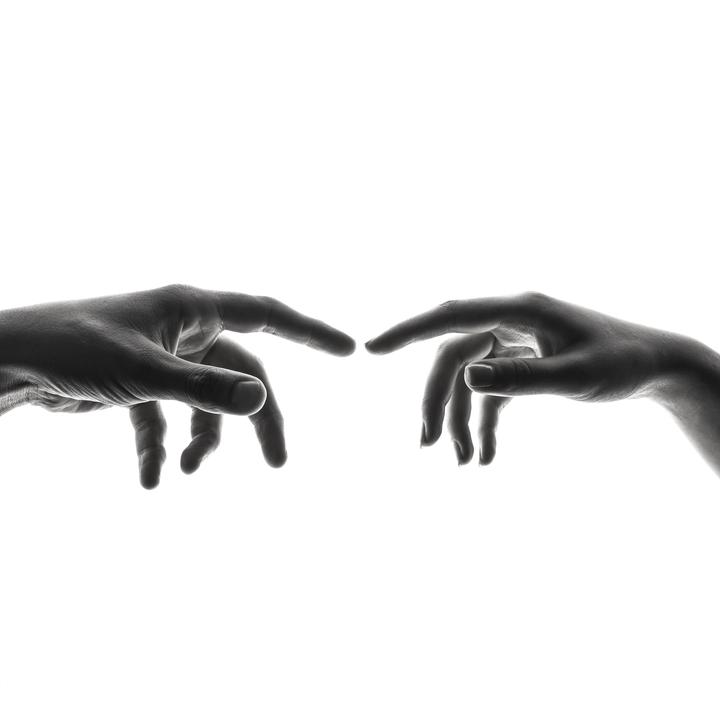Interaction between left and right hemispheres of the brain

Dr. Handa and a grad student Zhang-san published a paper on an inter-hemispheric interaction of the cerebral cortex.
Handa T, Zhang Q, Aizawa H. Cholinergic modulation of interhemispheric inhibition in the mouse motor cortex. Cereb Cortex. 2024 Jul 3;34(7):bhae290. doi: 10.1093/cercor/bhae290. PMID: 39042031. [Link]
Brain consists of structures paired across the midline. Each of left and right hemispheres interacts with its counterpart and is specialized to process a specific information. For example, in the execution of the movement of the hand, activation of cerebral hemisphere only on one side remove functional redundancy and assign a specific function only to one side of the brain for efficient processing of the neural function. In particular, upon moving right hand, left motor cortex is activated, while right motor cortex is inactivated for interhemispheric inhibition useful to sharpen and highlight the motor execution by the left motor cortex. However, it remains unclear how two hemispheres interact with each other.
To address this, we examined the left and right cerebral cortex of mice executing the task in which the right paw reaches to retrieve food in the task. Results showed that neurons in the left and right hemisphere started to act in a coordinated manner, when the mouse is engaged in paw-reaching task. Pharmacological study revealed that acetylcholine suppressed the coordinated activity of neurons between left and right hemispheres. Specifically, inhibitory effect of one hemisphere on another is supposed to be done via inhibitory GABAergic neurons. Indeed, gene expression analysis in the current study unraveled that a specific type of cortical interneuron express muscarinic type 2 acetylcholine receptor.

These results suggested that neurons in the left and right motor cortex started to act in a synergistic manner and substantiate the unilateral motor execution via interhemispheric inhibition. Furthermore, we identified acetylcholine as a neurotransmitter modulating the interaction between hemispheres. Since recent studies indicate that acetylcholine facilitates the motor learning and declines upon ageing, outcome of the current study would clarify how the interhemispheric interaction contributes to learning and memory as well as their disorders in the future.